10 Best Herbal Teas For Amenorrhea

Herbal teas can be a natural and supportive approach for women experiencing amenorrhea, as they often contain herbs known to regulate menstrual cycles and improve hormonal balance.
Commonly used herbs include chasteberry (Vitex agnus-castus), which is believed to support the pituitary gland and promote regular menstruation, and ginger, which can help alleviate symptoms related to hormonal imbalances. Other beneficial herbs such as raspberry leaf, nettle, and fenugreek may also contribute to hormonal health and uterine function. However, it is important to consult with a healthcare provider before using herbal teas, especially if amenorrhea is due to an underlying medical condition.
While herbal teas may offer some relief, they should not replace professional medical advice or treatment.
FREE Herb Drying Checklist
How to make sure every batch retains maximum flavor, color, and aroma without the risk of mold or over-drying. Eliminate guesswork and trial-and-error, making herb drying faster, easier, and more efficient every time.
Table of Contents
1. Vitex agnus-castus
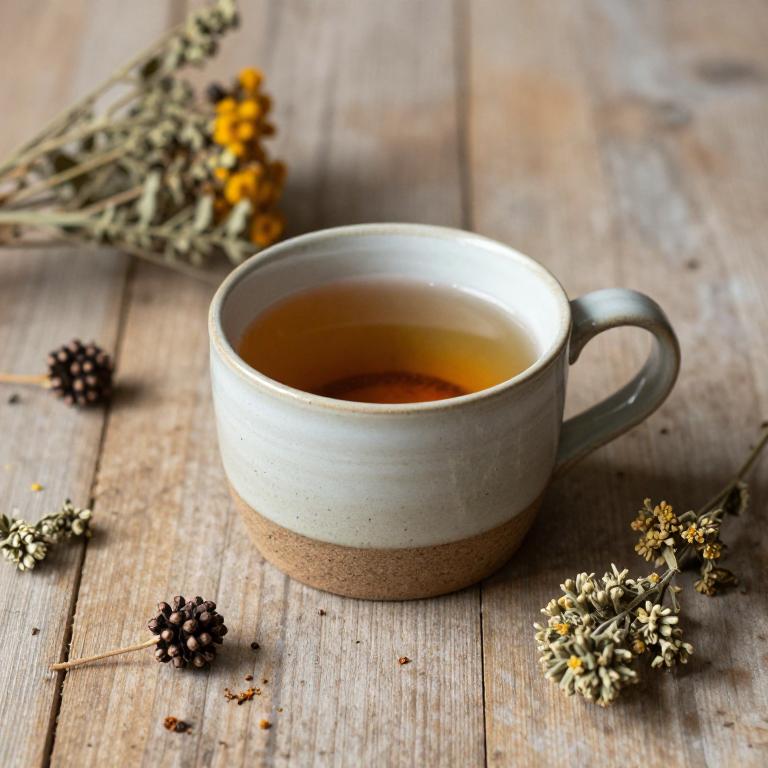
Vitex agnus-castus, commonly known as chaste tree berry, is a traditional herbal remedy often used to support hormonal balance and address amenorrhea, which is the absence of menstrual periods.
This herb is believed to influence the pituitary gland, helping to regulate the production of luteinizing hormone (LH) and follicle-stimulating hormone (FSH), which in turn may help restore regular menstrual cycles. Herbal teas made from vitex agnus-castus are typically consumed in the early stages of the menstrual cycle to promote ovulation and menstrual flow. While some studies suggest it may be beneficial for women with hormonal imbalances, it is important to consult a healthcare provider before use, as it can interact with certain medications and may not be suitable for everyone.
Overall, vitex agnus-castus herbal tea is a popular natural option for supporting menstrual health, though its effectiveness can vary among individuals.
2. Cimicifuga racemosa
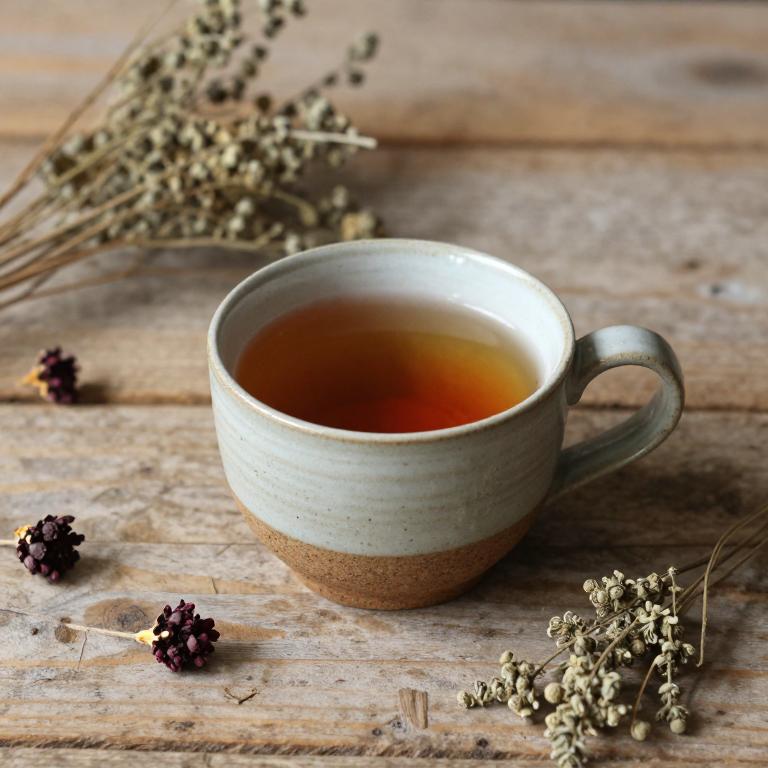
Cimicifuga racemosa, commonly known as black cohosh, is a herbal remedy traditionally used to support women's health, including the treatment of amenorrhea, which is the absence of menstrual periods.
This herb is believed to help regulate hormonal imbalances that may contribute to irregular or absent menstruation. It is often used in herbal teas, where its root is dried and brewed to extract its active compounds, such as triterpene glycosides. While some studies suggest it may alleviate symptoms related to menopause and menstrual disorders, it is important to consult a healthcare provider before use, as it can interact with certain medications.
As with any herbal treatment, the effectiveness and safety of Cimicifuga racemosa for amenorrhea may vary depending on individual health conditions and circumstances.
3. Urtica dioica
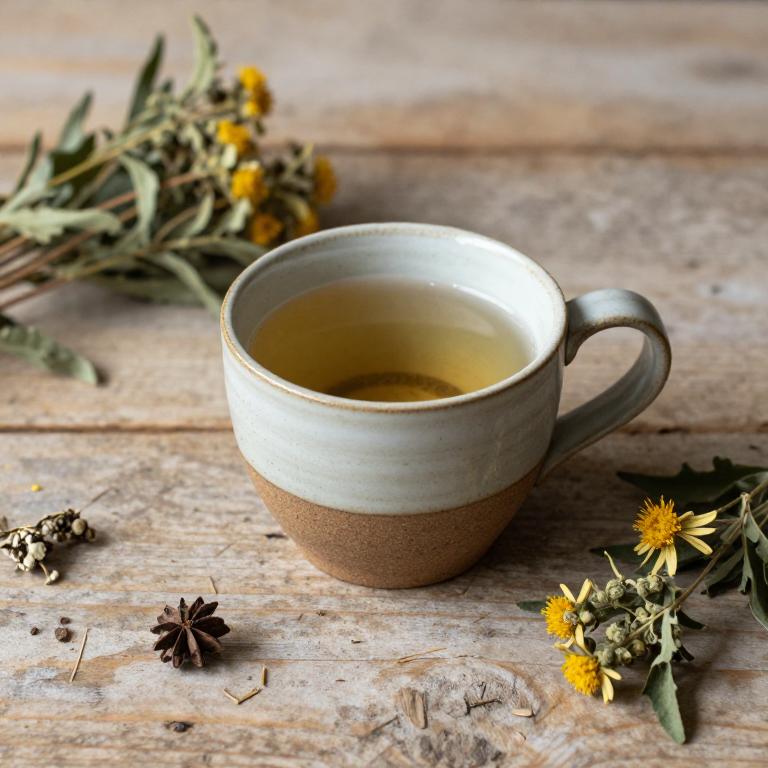
Urtica dioica, commonly known as stinging nettle, is a herbal remedy that has been traditionally used to support hormonal balance and may aid in managing amenorrhea, a condition characterized by the absence of menstrual periods.
This plant is rich in nutrients such as iron, calcium, and vitamins A and C, which can help address nutritional deficiencies that may contribute to irregular or absent menstruation. Herbal teas made from stinging nettle are often consumed to stimulate uterine function and promote regular menstrual cycles. However, it is important to consult with a healthcare provider before using stinging nettle tea, as it may interact with certain medications or have side effects in some individuals.
While some studies suggest potential benefits, more research is needed to fully understand its efficacy in treating amenorrhea.
4. Foeniculum vulgare
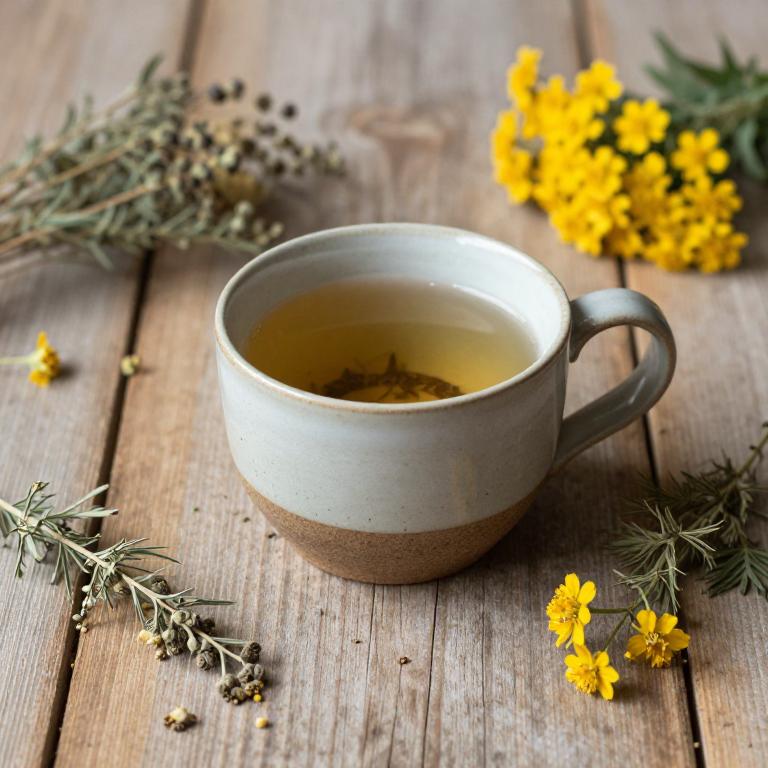
Foeniculum vulgare, commonly known as fennel, has been traditionally used in herbal teas to address amenorrhea, or the absence of menstruation.
The essential oils in fennel, particularly anethole, are believed to stimulate hormonal balance and support the menstrual cycle by influencing the pituitary gland and ovarian function. While some studies suggest that fennel may help regulate menstrual flow, it is important to note that its effects can vary among individuals and may not be a substitute for medical treatment. When consumed as a tea, fennel is often prepared by steeping the seeds in hot water, and it is typically consumed in small amounts to avoid potential side effects.
As with any herbal remedy, it is advisable to consult a healthcare provider before using fennel for amenorrhea, especially for those with existing medical conditions or who are pregnant.
5. Sanguisorba officinalis
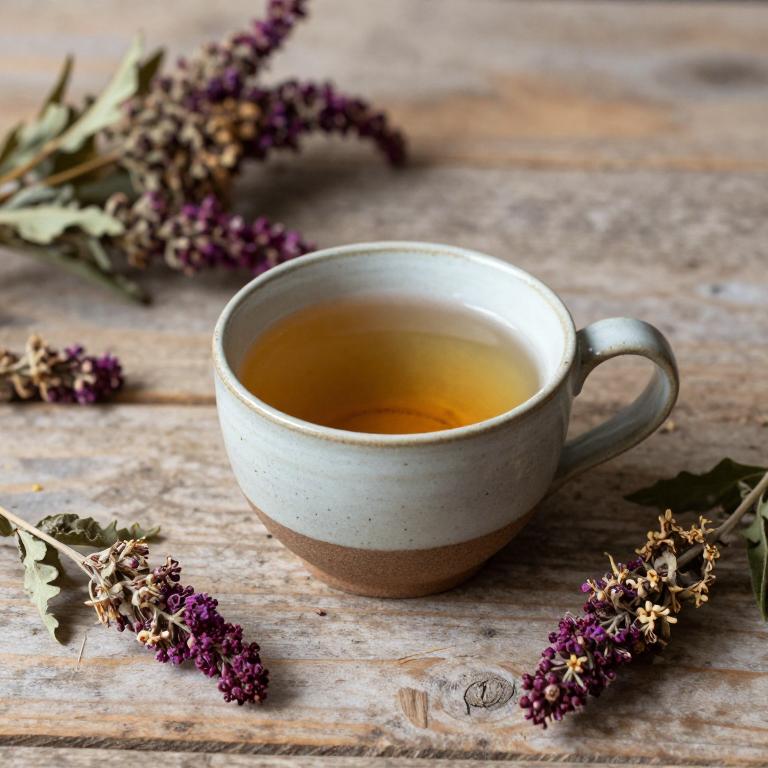
Sanguisorba officinalis, commonly known as sheep's sorrel, has been traditionally used in herbal medicine for its potential benefits in treating amenorrhea, or the absence of menstruation.
This herb contains compounds such as tannins and flavonoids, which may help regulate hormonal balance and support uterine function. Herbal teas made from Sanguisorba officinalis are often prepared by steeping dried leaves in hot water, and they are believed to promote blood circulation and reduce inflammation in the reproductive system. While some studies suggest its efficacy in supporting menstrual health, it is important to consult a healthcare provider before using it, especially for women with underlying medical conditions.
Overall, Sanguisorba officinalis may serve as a natural remedy for amenorrhea, though more research is needed to fully understand its mechanisms and long-term effects.
6. Leonurus cardiaca
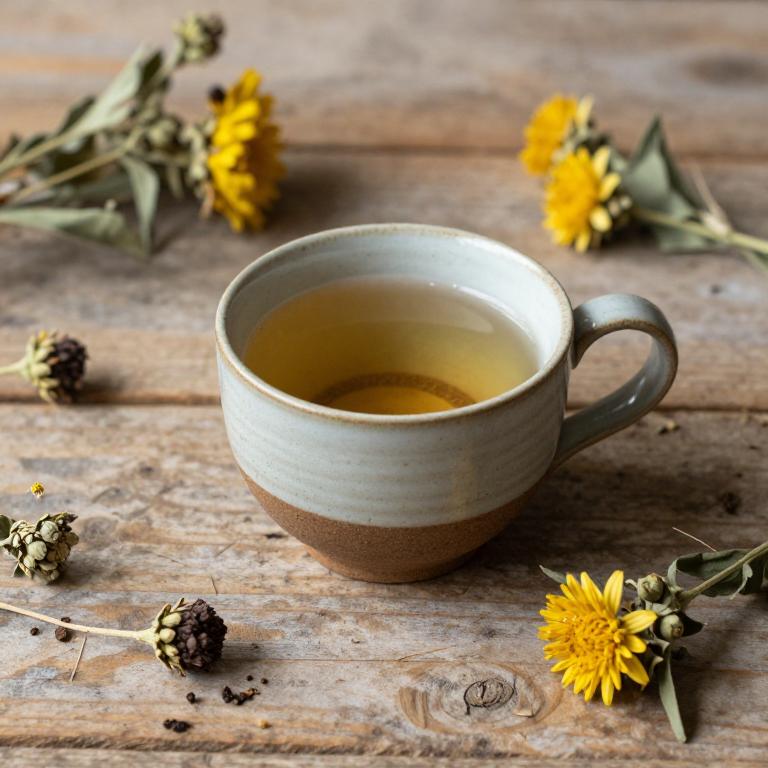
Leonurus cardiaca, commonly known as heartwort, is a traditional herbal remedy that has been used for centuries to address various menstrual irregularities, including amenorrhea.
This herb is believed to stimulate uterine function and promote menstrual flow by enhancing blood circulation and hormonal balance. Herbal teas made from Leonurus cardiaca are often prepared by steeping the dried leaves and flowers in hot water, and they are typically consumed in small doses throughout the day. While some studies suggest that heartwort may have mild estrogenic properties, it is important to consult a healthcare professional before using it, especially for women with hormonal disorders or those who are pregnant.
As with any herbal treatment, the efficacy and safety of Leonurus cardiaca can vary, and it should be used as part of a comprehensive approach to managing amenorrhea.
7. Rosa canina
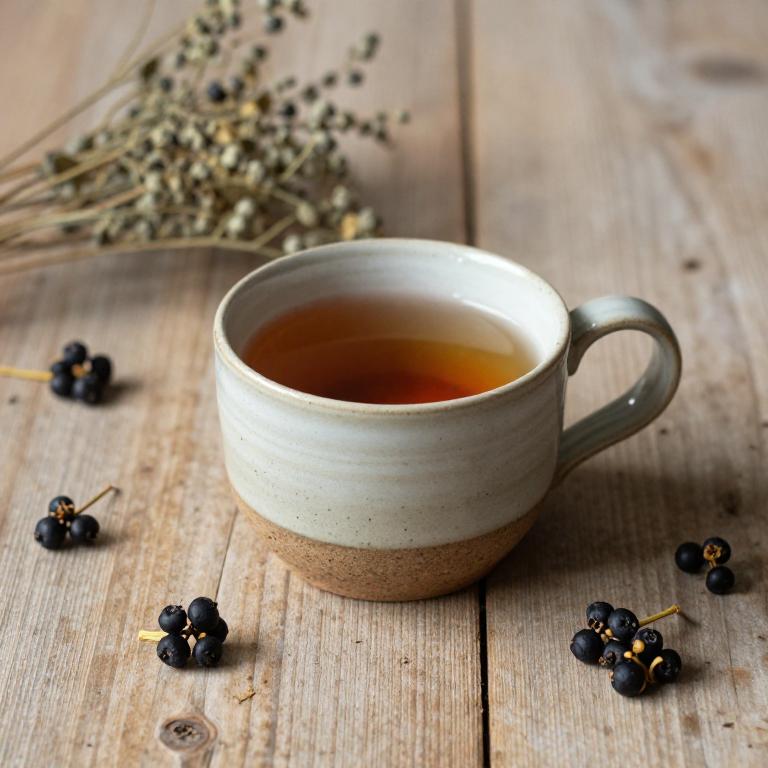
Rosa canina, commonly known as dog rose, has been traditionally used in herbal medicine for its potential benefits in supporting menstrual health.
Herbal teas made from Rosa canina berries are believed to help alleviate symptoms of amenorrhea, which is the absence of menstruation, by promoting hormonal balance and improving blood circulation. The tea contains essential nutrients such as vitamin C, antioxidants, and flavonoids, which may contribute to its overall health benefits. While some studies suggest that Rosa canina may support reproductive health, more research is needed to confirm its effectiveness for amenorrhea.
As with any herbal remedy, it is advisable to consult a healthcare professional before use, especially for individuals with underlying medical conditions or those taking other medications.
8. Paeonia suffruticosa

Paeonia suffruticosa, commonly known as the tree peony, has been traditionally used in herbal medicine for its potential benefits in treating amenorrhea, or the absence of menstrual periods.
The roots of this plant contain compounds such as paeoniflorin and benzoylpaeoniflorin, which are believed to have estrogenic properties that may help regulate hormonal imbalances associated with amenorrhea. Herbal teas made from Paeonia suffruticosa are often prepared by steeping dried root pieces in hot water, and are consumed as a natural remedy to support menstrual health. However, it is important to consult with a healthcare provider before using this herb, as it may interact with certain medications or have side effects in some individuals.
Despite its traditional use, scientific research on its efficacy for amenorrhea is limited, and it should be used as part of a comprehensive approach to women's health.
9. Silybum marianum
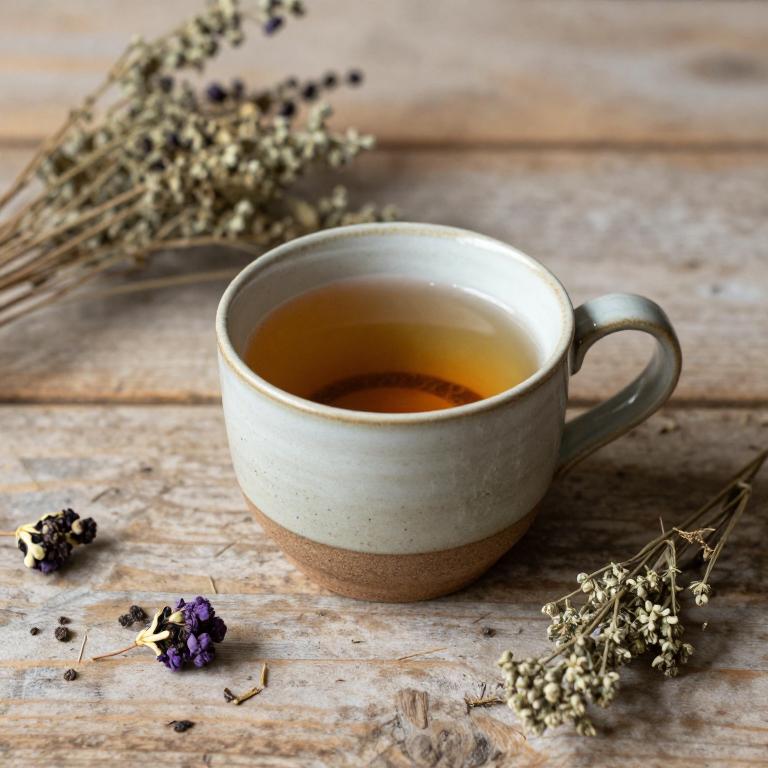
Silybum marianum, also known as milk thistle, is a herbal remedy that has been traditionally used to support liver health and hormonal balance.
While it is not a primary treatment for amenorrhea, some studies suggest that its antioxidant and anti-inflammatory properties may help regulate menstrual cycles by improving overall hormonal function. Herbal teas made from silybum marianum are often consumed to support reproductive health and may be part of a holistic approach to managing irregular periods. However, it is important to consult with a healthcare provider before using this herb, as it can interact with certain medications and may not be suitable for everyone.
Overall, silybum marianum herbal tea is considered a complementary therapy rather than a standalone solution for amenorrhea.
10. Thymus vulgaris
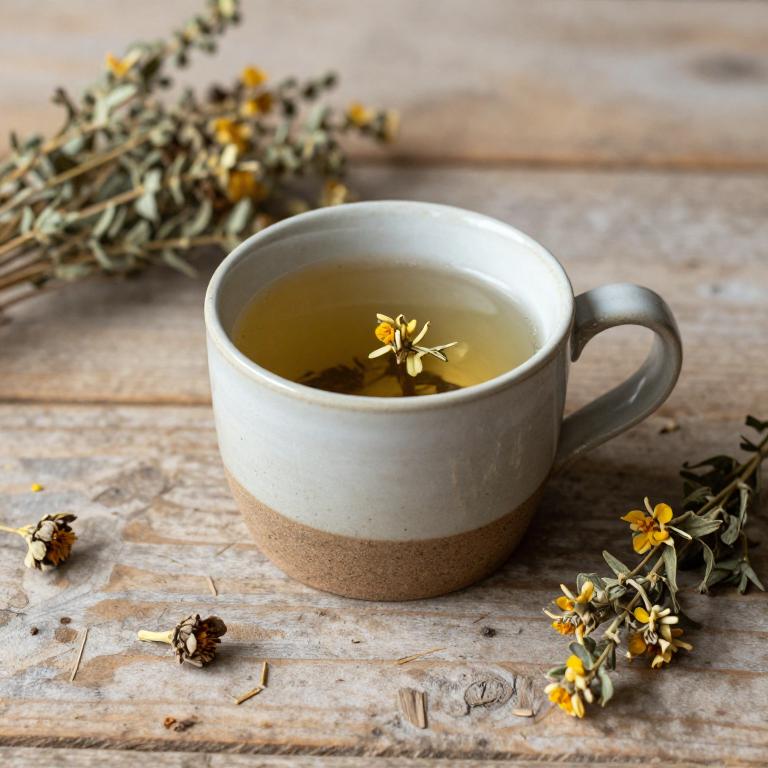
Thymus vulgaris, commonly known as thyme, is a herb that has been traditionally used in herbal teas to support hormonal balance and may help alleviate symptoms of amenorrhea.
The essential oils and phytochemicals in thyme, such as thymol and carvacrol, are believed to stimulate the endocrine system and promote regular menstrual cycles. While there is limited scientific research on its direct effects on amenorrhea, some herbalists recommend thyme tea as a complementary therapy to support overall reproductive health. It is often combined with other herbs like ginger or nettle to enhance its potential benefits.
As with any herbal remedy, it is important to consult a healthcare provider before use, especially for those with existing medical conditions or taking medications.